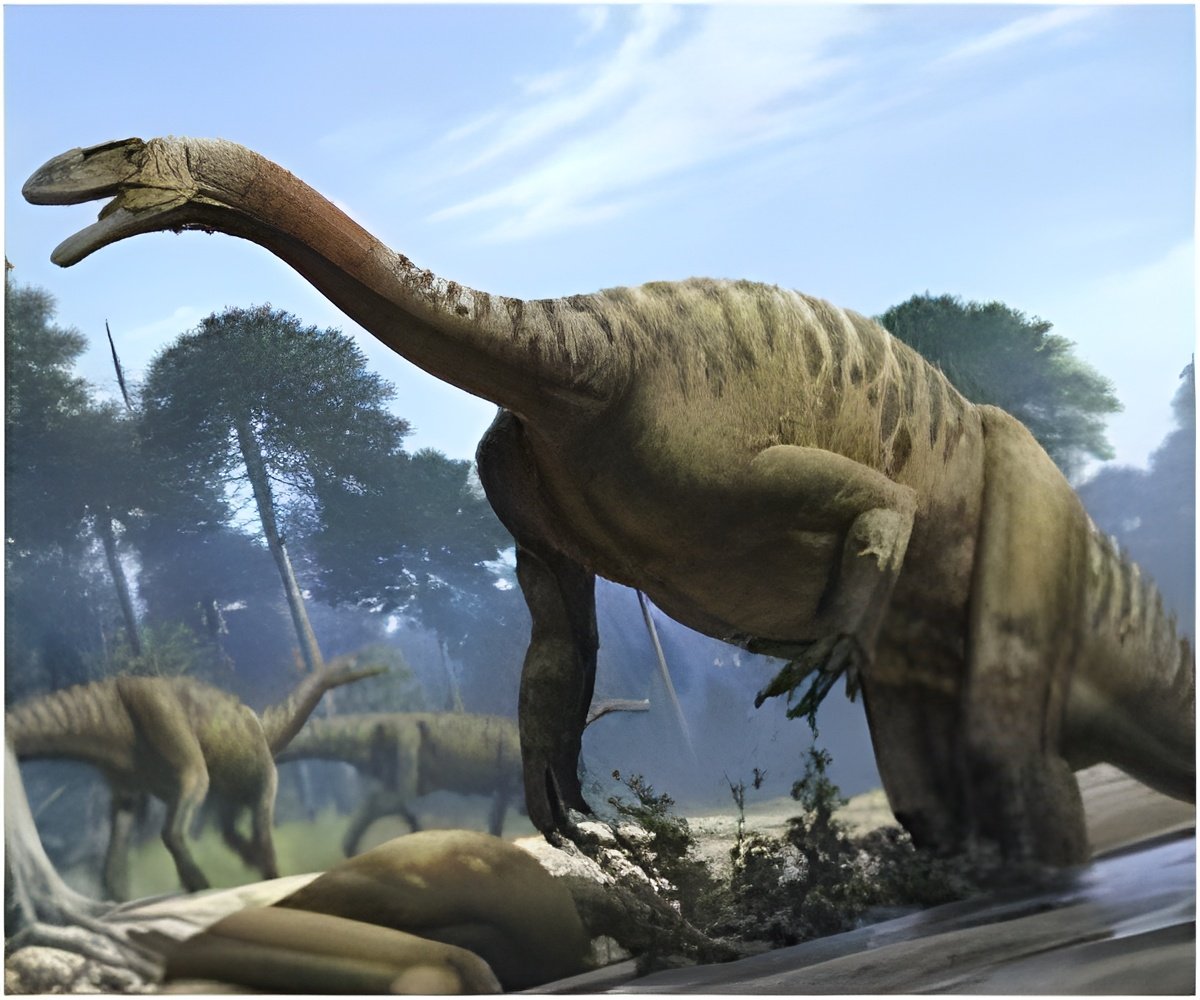A new study has shed light on an asteroid that wiped out dinosaurs may have wiped out mammals as well.

The study showed that when a 10-km-wide asteroid struck what is now Mexico at the end of the Cretaceous and unleashed a global cataclysm of environmental destruction, some two-thirds of all metatherians living in North America perished. This includes more than 90 percent of species living in the northern Great Plains of the USA, the best area in the world for preserving latest Cretaceous mammal fossils.
Dr. Steve Brusatte of the University of Edinburgh's School of GeoSciences, an author on the report, said that the classic tale was that dinosaurs died out and mammals, which had been waiting in the wings for over 100 million years, then finally had their chance but their study showed that many mammals came perilously close to extinction.
The new study was published in the open access journal ZooKeys.
Source-ANI
 MEDINDIA
MEDINDIA


 Email
Email




